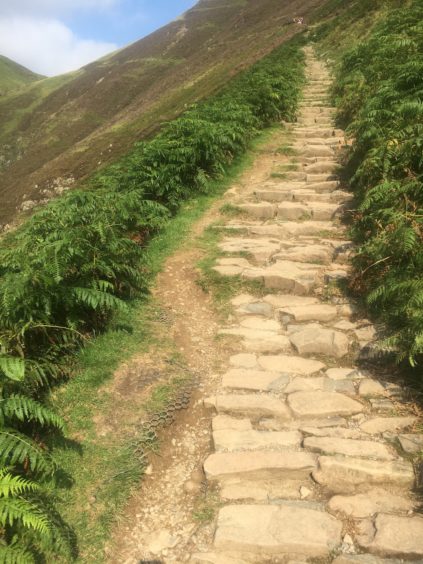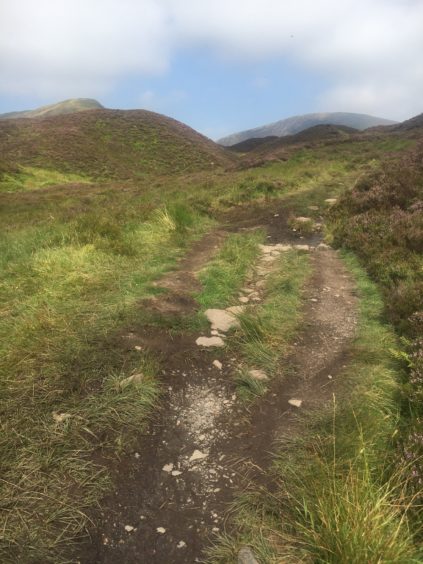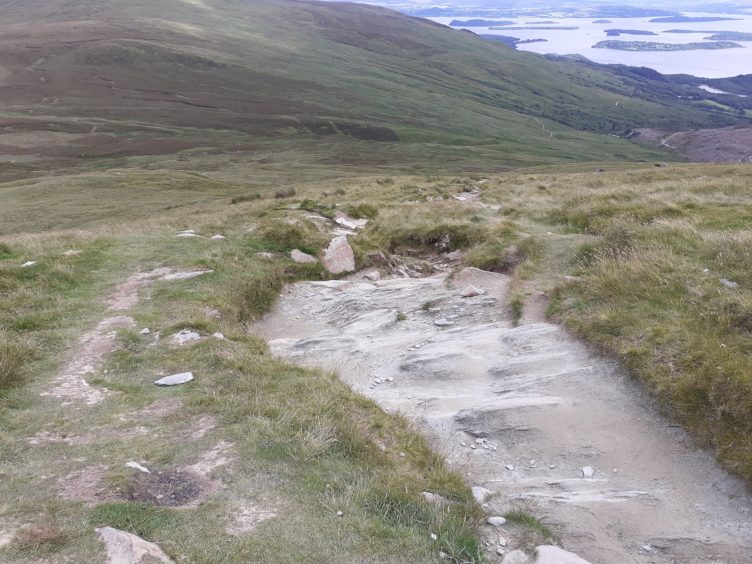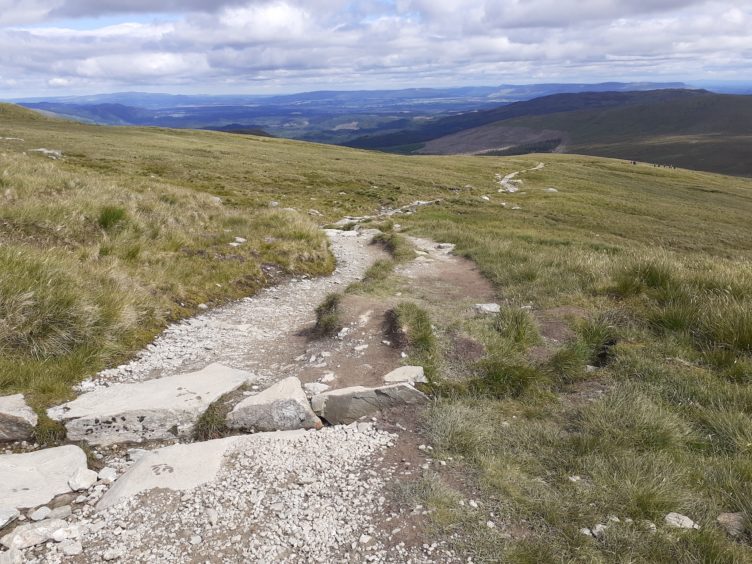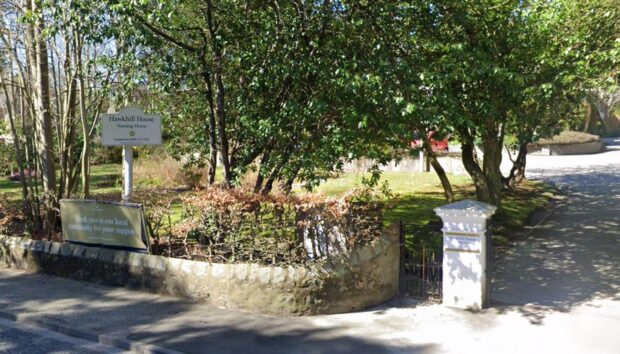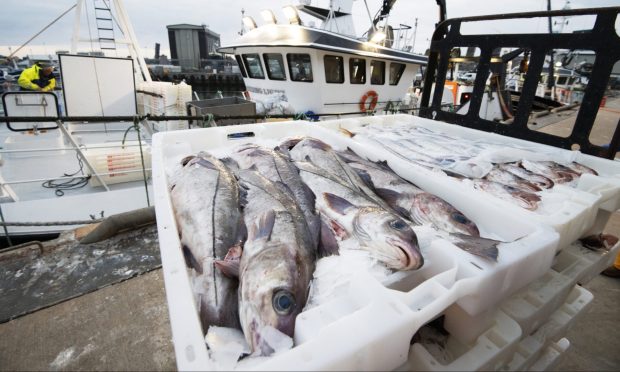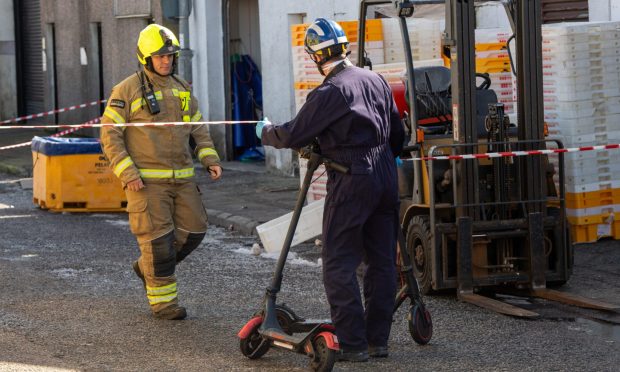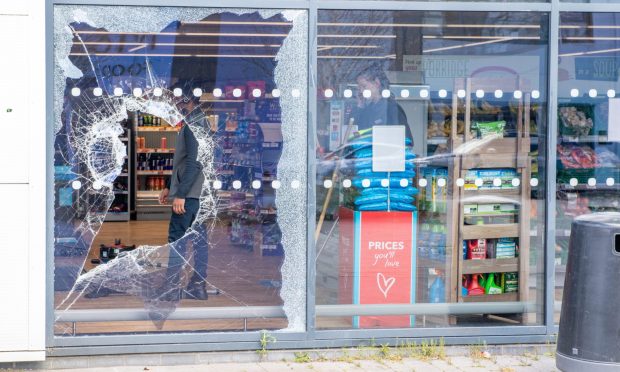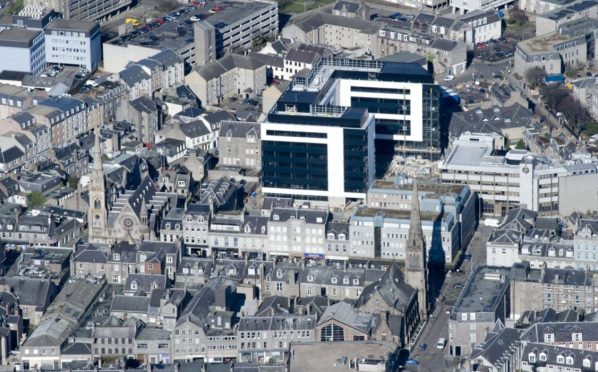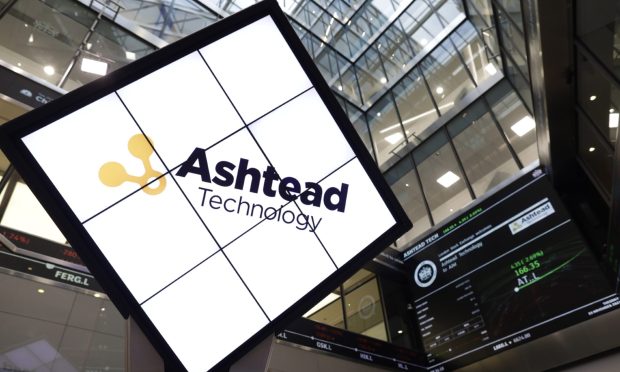Mountain trails across Scotland have been significantly eroded as a result of social distancing between hillwalkers, according to the National Trust for Scotland.
The charity has noted a great deal of issues on a variety of the pathways it cares for, where ground to the sides of routes have been worn away by hikers keeping their distance from each other to limit the spread of Covid-19 in the great outdoors.
Areas the trust has found evidence of erosion on and around trails includes the Grey Mare’s Tail nature reserve near Moffat in southern Scotland, and on the popular Munro Ben Lomond, at Loch Lomond.
Because of the pandemic, the trust’s staff were unable to get out and about to maintain the footpaths it is responsible for over the spring and summer, and as a result, it is dealing with a major backlog of repair work.
It has launched a Footpath Fund and has asked the public to donate and help the organisation carry out its important work to keep the outdoors accessible to all.
Bob Brown, upland path manager for the trust, said: “It’s great to see everybody back out and about enjoying themselves in the countryside, but social distancing has bizarrely brought some additional problems to the mountains.
“People are socially distancing on the paths, which is great and the right thing to do, but there are ways to do it without walking down the edges of the path which is causing additional erosion which we need to work on.
“You can simply step to the side and turn away so that you’re no longer facing the person approaching you.
“Just wait there until they pass, and then it’s safe to walk back along the path.
“Then that keeps you safe, and keeps our paths safe.”
The charity expects it will lose out on around £30 million of income in 2020 because of the pandemic, cash that would be used for essential footpath maintenance.
The trust said a donation of £10 will help it buy spades, mattocks or other hand tools, and a £25 donation could help stabilise the edge of a collapsing path – and a £48 donation will help Mr Brown and his team care for 4ft of footpath, clear out ditching or restore a section of trampled ground.
Mr Brown added: “The pandemic halted our activity, and we are now five months behind our schedule of crucial maintenance.
“As we come into the winter months, we must complete as much as we can to ensure our landscapes and habitats aren’t at risk of ugly scars and irreparable damage.
“Without clear pathways, walkers find different routes and their footprints start to erode the surrounding area. This damage destroys delicate upland ecosystems, makes plants and vegetation vulnerable to the harsh Scottish weather and our habitats and wildlife exposed.
“I know that times are difficult for everyone, but we need your help to ensure our footpaths can withstand the extra boots.”
For more information, visit www.nts.org.uk/footpath-fund
